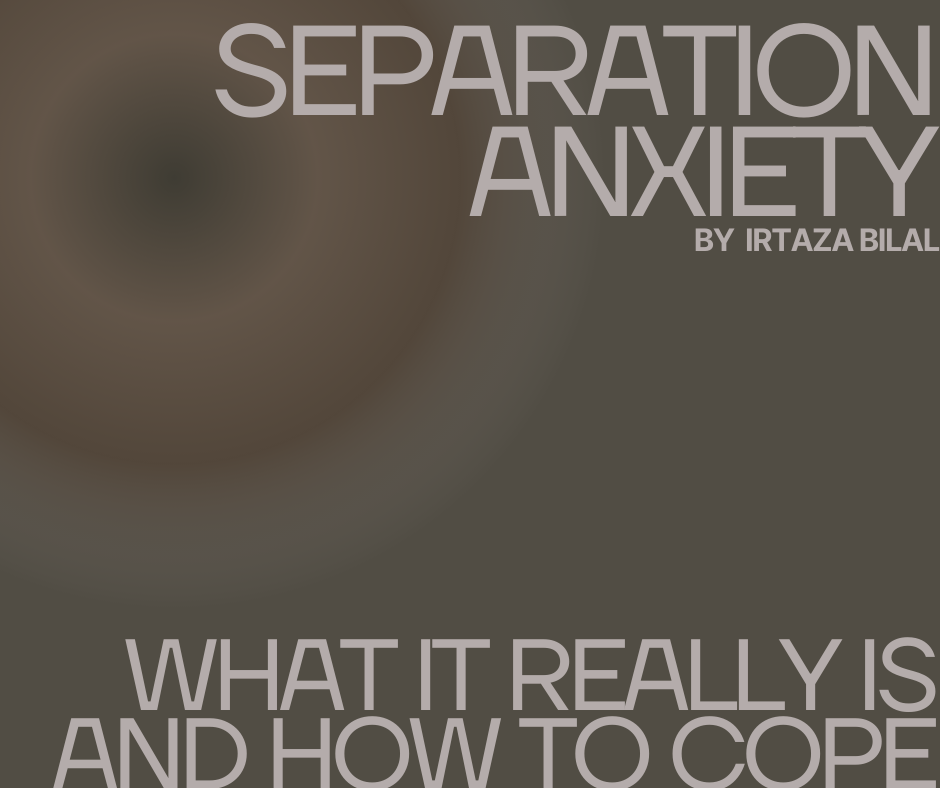#MentalHealth #SeparationAnxiety #CopingStrategies #Wellness
Introduction
Separation anxiety is a common and natural emotional response that people of all ages can experience when they are separated from loved ones or familiar environments. While it is particularly prevalent in children, adults can also struggle with separation anxiety. In this blog, we’ll explore what separation anxiety truly is, its various manifestations, and provide practical coping strategies for individuals of all ages.
Understanding Separation Anxiety
- Separation Anxiety in Children Separation anxiety in children typically occurs during the early developmental stages. Common signs include crying, clinging, and fear when separated from parents or caregivers.
- Separation Anxiety in Adults While less discussed, adults can also experience separation anxiety. This may arise from various life transitions, such as moving away from home, starting a new job, or experiencing a breakup. In adults, separation anxiety can manifest as excessive worry, restlessness, and physical symptoms like headaches or stomachaches.
Common Triggers
- Change in Routine: Any sudden change in routine or environment can trigger separation anxiety, especially in children. This includes starting daycare, going to school, or even parents going on a trip without their child.
- Loss or Bereavement: Grief and loss can intensify separation anxiety. This can occur in both children and adults following the death of a loved one or the end of a significant relationship.
- Life Transitions: Major life transitions like moving to a new city, starting a new job, or leaving for college can provoke separation anxiety in adults.
Coping Strategies
- Establish a Consistent Routine: Maintaining a predictable routine can help children and adults feel more secure. Knowing what to expect can reduce anxiety when faced with separations.
- Gradual Exposure: For children, gradually exposing them to short separations from caregivers can help build their confidence and reduce anxiety over time.
- Positive Reinforcement: Encourage positive behavior when separated. Reward children for successfully managing separations.
- Open Communication: For adults, open communication with friends, family, or a therapist can provide valuable support in managing separation anxiety. Don’t hesitate to seek professional help if needed.
- Self-Care: Practicing self-care techniques, such as mindfulness, deep breathing exercises.
Conclusion
Separation Anxiety What It Really Is and How to Cope .Separation anxiety is a natural response to separation from loved ones or familiar environments, experienced by people of all ages. Understanding its triggers and implementing coping strategies can help individuals manage separation anxiety and lead more fulfilling lives.

